At the Apprentices Competition at Samhain we had to provide a one page documentation. Now considering that that is virtually impossible for me I did a long form which you can find here, and a short form. Which is this one.
- My display
- My display
- close up of the display
- close up of the display
- various shapes and moulds
The English Gentry and wealthy Yeoman classes would frequently serve sweet dishes on plates or bowls made of sugar, or would create sweetmeats that counterfeited other items. This sugar paste (modernly called gum paste) was known in England at least as early as 1558 when Alessio’s Secreti (1555) was translated into English. Recipes originating in England start appearing in 1567. Most of the recipes for sugar paste come out after the 1590s. This is both because of an increase in the number of cookery books but may also reflect the increased accessibility and decreased cost of two of the key ingredients (gum tragacanth and sugar).
The instructions for making sugar paste don’t change much between 1555 and the early 17th century. There is the basic version where you steep gum dragon, also called tragacanth, in rosewater (usually overnight) and then mix it in a mortar with your sugar until it becomes a paste, put it into your molds and dry them. The other common version is the Alessio version where you also add some lemon juice and egg white. In practice these both create something very like fondant, and can be used for decorations or, with flavourings added, for sweetmeats.
Basic Sugar PasteAdapted from “The commonplace book of Countess Katherine Seymour Hertford” (Hertford 1567, 31v) and “A Closet for Ladies and Gentlewomen” (Holloway 1608, 38-39)
|
Alessio’s Sugar PasteAdapted from “The Secretes of the Reverende Mayster Alexis of Piemovnt” (Alessio 1559, 64b-65a)
|
Note: as you’re adding in the powdered sugar it will feel like it is never going to come together until suddenly you have a pliable dough that is essentially fondant.
- Gum tragacanth was known as early at the 13th century in England (OED), perhaps earlier, but wasn’t used for culinary purposes until the 16th (Alessio 1559, 64b-65a)
- Sugar was known in England as early as 1099(Roufs and Roufs 2014, 114) and was a common and relatively inexpensive ingredient by the 16th century costing roughly double the equivalent weight of bread. (Best 2013)
- The sugar paste could be made into many things and some of the objects listed in the recipes are walnuts, loaf of bread/bun, plates, dishes, cups, glasses and platters.
- The paste could be coloured seven different colours and flavoured five different ways.
- In addition to plates, dishes, cups, glasses and platters there are also references in the recipes to making walnuts and small loaves of bread or buns out of the paste.
- Based on early 17th century still life paintings the likely shape of sweetmeats at the time was a small oval or circle about 1″ to 1¼” across and about ¼” thick, either white (just rose water), brownish (cinnamon), or yellow (marigold flowers).

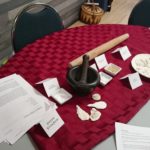
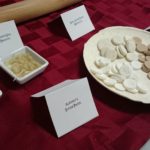
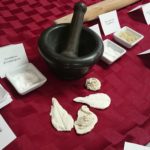
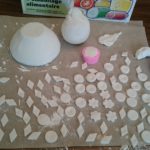
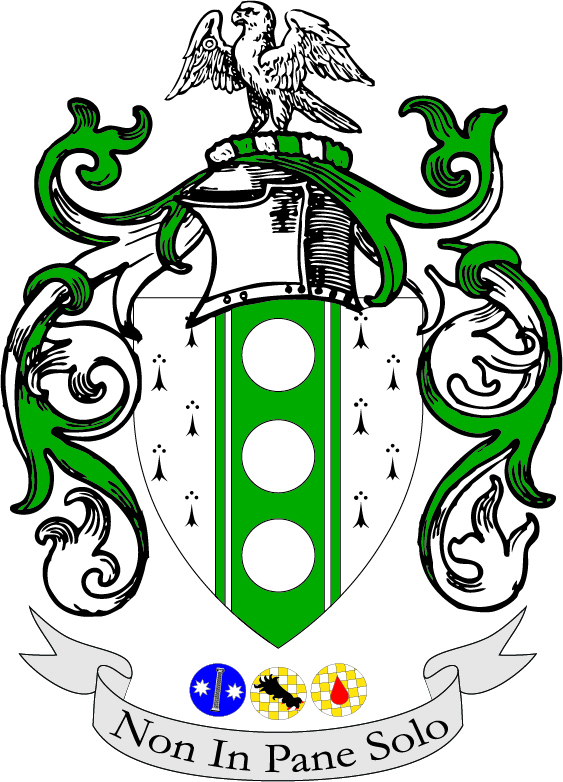
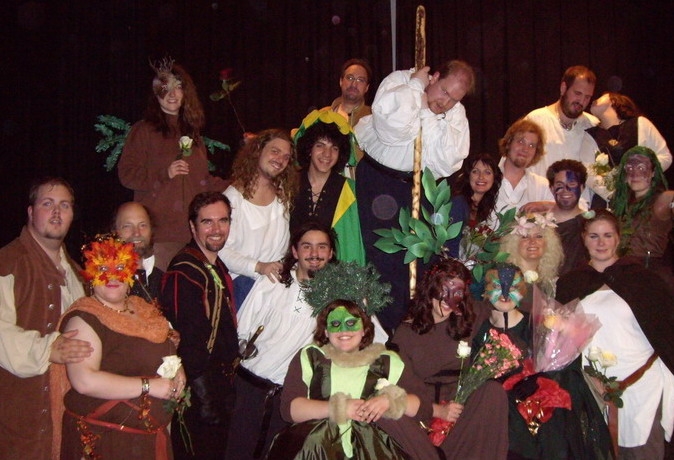
3 Comments
Sugar Paste – Tomas de Courcy · November 15, 2016 at 10:51 am
[…] After getting feedback at the Unfinished Projects at Bitter End’s Harvest Feast, I made a new attempt and entered it in the Apprentices Competition at Samhain. As I am not an apprentice I asked Mistress Maiosara to sponsor me and she graciously did. Because this post is so long, there’s also a short version. […]
Sugar Paste – Tomas de Courcy · March 7, 2018 at 11:36 am
[…] English Sugar Paste (short) Next Post : Previous Post : Sourdough Fritters […]
White Ginger Bread – A Baker's Peel Vert · October 12, 2018 at 10:36 am
[…] My Basic Sugar Paste recipe will be perfect for this one. […]
Comments are closed.